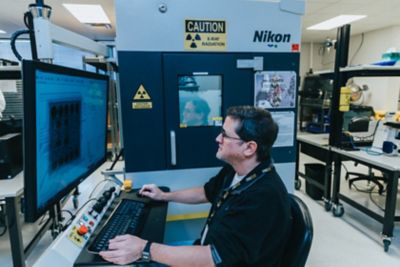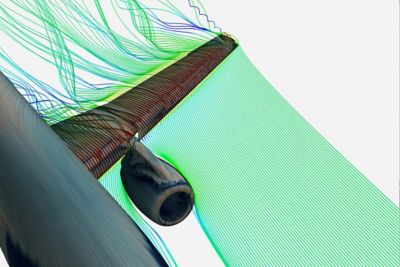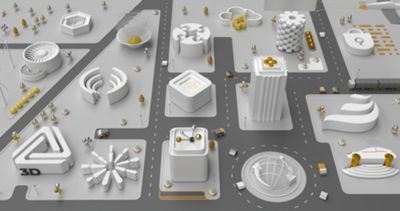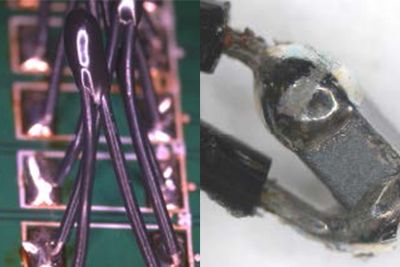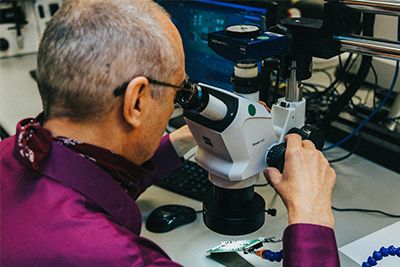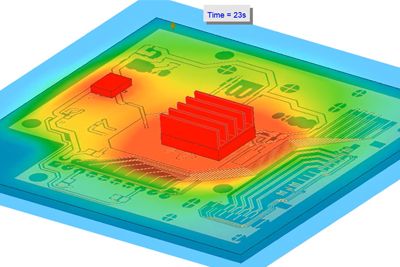Failure Analysis of Electronics is Critical to Product Success
You need a thorough failure analysis before you can resume testing, kick off a redesign, prevent further field failures, or address the cause of warranty returns.
A failure analysis can answer questions such as
- Where did the failure occur?
- What caused the failure?
- Why is failure intermittent?
- How can failure be prevented in the future?
- How can I determine if inventoried or fielded products are at risk?
- Why did the product fail in the field but not during screening or qualification testing?






